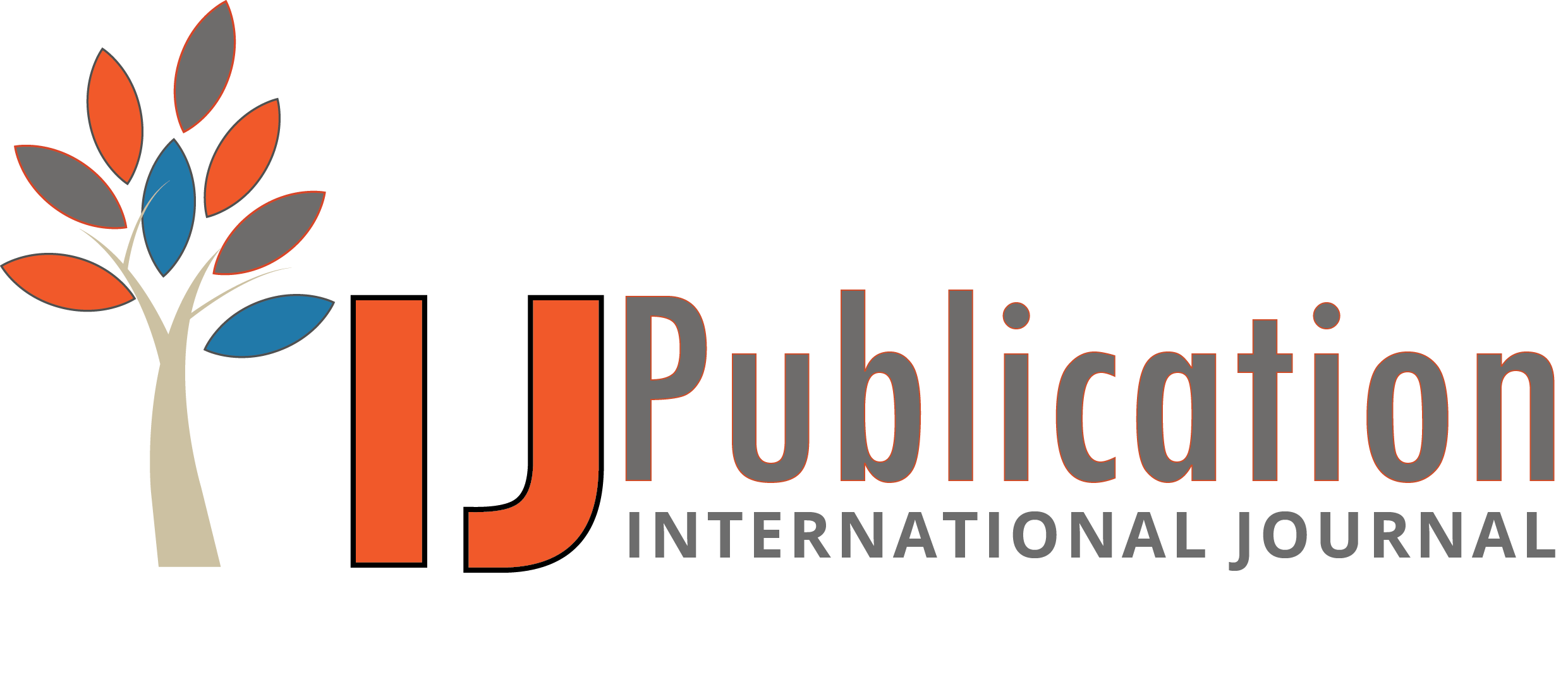Balachandar Ramalingam Reviewer
16 Oct 2024 03:42 PM
 Approved
Approved
Relevance and Originality
The proposed framework for evaluating the speaking quality of educators is highly relevant in the context of increasing demand for effective teaching methods and the integration of technology in education. By focusing on both audio and video data, the research addresses a critical gap in existing assessment methods that often rely solely on subjective evaluations. This originality not only enhances the reliability of the evaluations but also has implications for improving educational practices, making the study a valuable contribution to the field.
Methodology
The methodology is well-structured, combining machine learning with comprehensive data collection techniques. The use of Amazon Rekognition for video analysis and AWS S3 for speech-to-text conversion reflects an innovative approach to feature extraction. However, more details on the selection criteria for the recorded teaching sessions, such as the diversity of subjects, teaching styles, and educator backgrounds, would strengthen the methodology section. Additionally, outlining the process of feature extraction and how specific features were selected based on their relevance to speaking quality would add depth to the methodology.
Validity & Reliability
The validity of the findings would benefit from a detailed discussion on the evaluation metrics used to determine the effectiveness of the machine learning models. While the paper mentions ROC-AUC scores, providing a comparison of these scores with baseline models or human evaluations would enhance the reliability of the results. Addressing potential biases in the dataset, such as variations in audience engagement or differences in subject matter, would also contribute to a more nuanced understanding of the model's effectiveness.
Clarity and Structure
The paper is generally clear and logically structured, guiding readers through the problem, methodology, and results. However, the inclusion of visual aids, such as flowcharts of the evaluation framework or graphs illustrating model performance, would enhance clarity and engagement. Summarizing key findings at the end of each section could also help reinforce the main points and improve retention.
Result Analysis
The analysis of model performance is well-articulated, particularly the identification of Random Forest and Support Vector Machines as the most effective classifiers. To strengthen this section, it would be beneficial to include specific examples of misclassifications and potential reasons behind them. Additionally, discussing the practical implications of these findings for educators and institutions, such as potential training programs based on evaluation results, would provide a more comprehensive view of the framework's applicability.








Balachandar Ramalingam Reviewer